
Any opinions expressed in this article belong to the author alone, and do not necessarily represent the opinions of Singletracks.com.
I’ve spent almost 15 years writing about adventure sports, particularly mountain biking and trail access issues. In recent years, I’ve seen a worrisome dialogue emerge amongst many in the outdoors community — most notably in places with extremely popular trails. These locations include popular destinations like small Colorado mountain towns, desert hotspots like Sedona and Moab, and cities with substantial trail access, like Denver, Salt Lake City, San Diego, and San Francisco.
This worrisome dialogue begins as a discussion about overcrowding on the trails, but inevitably, it turns from what could potentially be a healthy discussion to condemnation. “The mountain bikers don’t know how to yield the trail!” I hear from hikers and trail runners.
“These hikers aren’t aware of their surroundings and are just standing in the middle of the trail, looking off into space!” I hear from mountain bikers.
“People with their off-leash dogs are creating dangerous situations!” I hear from everyone.
And, most worrisome of all: “Too many people are visiting our town. These tourists are selfish and inconsiderate, and they need to stay home.” Don’t believe me? We get these comments on Singletracks all the time.
The logical inconsistencies and systemic problems with the idea that the trails are “mine” and not “theirs” and that we should be able to use the trails, but nobody else is allowed to, are so extensive that I can’t address them all here. That said, I’m going to attempt to address a few of the most glaring logical inconsistencies and then take it one step further, arguing that we should welcome more human-powered trail users of all stripes with open arms.

The trails don’t belong to you.
In my final Over a Beer column, I argued that “the trails don’t belong to you… and they don’t belong to me, either.” This argument covered disagreements between other user groups and how hikers, mountain bikers, and other trail users wrongly think that multi-use trails belong to “them.”
But this issue goes deeper.
Even within the same user group, I’ve noticed a dramatic increase in riders complaining that the trails are “too busy.” Crusty locals love to complain that there are too many people on “their” trails, too many people recreating outside. This complaint is exacerbated in tourist towns, where the locals love to complain that there are too many people traveling to and moving to “their” town.
As I hear this argument, I sit back and think to myself, “hey wait a minute, how long have you lived here?”
Oftentimes, the complainer has lived in the town for five years, three years, two years… rarely is it 10 or more. And even if it’s 10 or 15, does that qualify you as a true “local?”
Everybody moved to their current town at one point or another, so saying that you are a local because you arrived 10 years ago, but nobody else should be able to move to your town because you now happen live there, is one of the most asinine opinions I routinely hear spouted by so-called mountain town “locals.”
After an epic ride on the South Boundary Trail, I was crushing some delicious New Mexican food with some friends at a restaurant in Taos. We were sitting on an outdoor patio, and a lone guitarist was playing classic rock riffs on an electric guitar. Between songs, he asked the audience, “So where are you folks from?”
“I’m a Colorado native!” One slightly inebriated white guy at a table on the other side of the patio shouted.
“Oh really, so you’re a Ute?” The guitarist, with his dark skin and long black hair, asked. The guy shifted uncomfortably in his seat.
“So not a Ute, but maybe Apache then?” Still no response. “Cheyenne, perhaps?” No response.
The guitarist, who was clearly a native, went on to talk about some of the local tribes who still reside in Taos — home to one of the oldest continuously inhabited communities in the USA, the Taos Pueblo, with over 1,000 years of continuous habitation.
No matter how much of a “local” we think we are, the land doesn’t belong to us, and the trails sure as shit don’t. We need to inculcate that reality, that history, into our psyches.

Being active outside is counter-cultural.
As crowded as we think the trails might be, the truth is that on a national and global scale, being physically active outside is truly counter-cultural. Today, roughly 45-50% of Americans don’t go outside to exercise even once per year. Yes, the exact numbers vary depending on which report you read, but even the analyses that show that the total number of people going outside is increasing indicate that the total number of times those people go outside per year is, on average, decreasing.
You might not realize this, though. It’s likely that if you’re reading these words, you’re so immersed in the counterculture of outdoor adventure sports that you don’t realize just how many people spend their entire lives indoors. Even if you ride an e-bike, you’re still getting more outdoor exercise than the vast majority of Americans.
I explored this topic in a dedicated article, which dives deeper into the nuances of just how counter-cultural going outside truly is. But the truth is that most people don’t use the trails — even once per year.
While many people thought that the surge of outdoor activity would only continue to grow following the pandemic, the truth is that going outdoors has fallen below pre-pandemic levels across multiple industries. We’ve seen this in mountain biking, which is why the industry is still in shambles, with layoffs and closures continuing even as we quickly approach 2025. It’s happened in downhill skiing, and even hiking: 2023 saw the least number of hikers on Colorado’s famous 14,000-foot peaks “since the Colorado Fourteener Initiative began collecting data nine years ago,” according to an article on CPR.org.
The COVID boom did not reignite a passion for outdoor recreation in the greater population, and the trend of people living increasingly sedentary, indoors, urban lifestyles is only accelerating.

A lack of physical activity is killing us all.
At the risk of stating the obvious, this lack of physical activity is almost literally killing people.
The average American (52.4%) is “obese” or “severely” obese, according to the CDC. An additional 30.3% of Americans are merely “overweight,” but since all Americans in the obese category are also overweight, this means a whopping 82.7% of Americans are overweight.
“Obesity isn’t just a cosmetic concern,” writes the Mayo Clinic. “It’s a medical problem that increases the risk of many other diseases and health problems. These can include heart disease, diabetes, high blood pressure, high cholesterol, liver disease, sleep apnea, and certain cancers.”
Whenever I see someone who obviously needs to lose weight struggling up a trail, breathing laboriously, I feel a little surge of respect for the effort that individual is putting forth, and hope kindles inside me that perhaps we as a species can turn this debacle around. I hope that even though it’s hard now, each individual who’s currently struggling will stick with the work and do what it takes to change their life.
In light of this obesity epidemic, saying that we don’t want more people recreating outside in an effort to improve their health and improve their lives feels like the height of selfishness.

We can turn obstacles into opportunities by building more trails.
When people see trail use increasing in their local area (even if it’s not increasing on a national level), many revert to a scarcity mindset. They’ll note that their town only has, say, 25 miles of singletrack, and it doesn’t seem possible for that trail system to handle a substantial increase in traffic.
I’ll concede that point: perhaps your local trail system can’t handle a substantial increase in traffic. But instead of looking at this as a major obstacle, why not try looking at it as an opportunity?
An opportunity to build more trails.
Instead of worrying about losing your existing trails, you can instead shift the focus to building more and better-designed trail systems to handle the increasing traffic and demand.
This, to me, is the true opportunity inherent in regional outdoor recreation growth. We can actually increase the number of places that are available for trail-based recreation. Instead of viewing the current trail inventory as a fixed number that will never change, it’s good to remind ourselves that new trails are being built all the time and that the greatest barriers to building even more new trails are:
- Lack of political clout
- Lack of funding (in part, caused by #1)
If we see the growing local masses of outdoor enthusiasts as potential advocates, potential donors, and a source of political clout, we can turn this potential problem into a massive opportunity that benefits all trail users. These “growing masses” include not just mountain bikers, but hikers, trail runners, and all stripes of human-powered trail users. We’re better together than we are apart.
More extensive and better-constructed trail systems will provide more opportunities for adventure and recreation to both new trail users and those people who are already avid adventurers. In fact, we could even decrease the average number of trail users per mile if we get down to the business of building a ton of singletrack. That may be a best-case scenario, but we need to acknowledge that it’s actually possible.
Bottom line
It’s important to remind ourselves that even though our everyday actions might feel small, if we collectively take enough of the right actions, together we can build toward a better future. The future doesn’t have to be dark and scary. We don’t need to embrace a scarcity mindset or an us-versus-them mentality. If we work to turn obstacles into opportunities and keep working to build a better future, the possibilities are huge, and the future is bright!





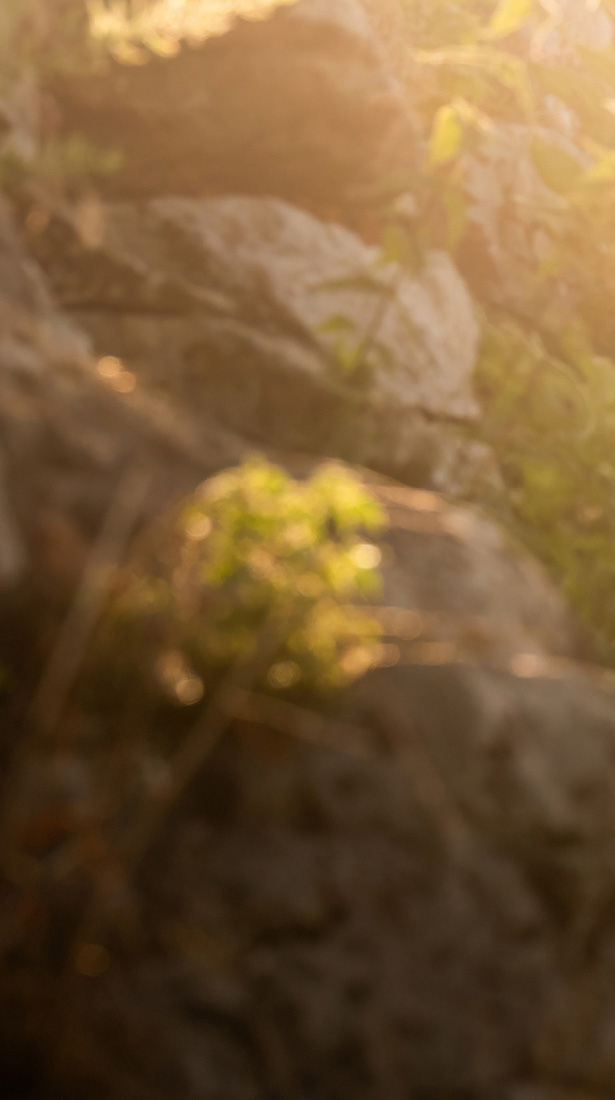
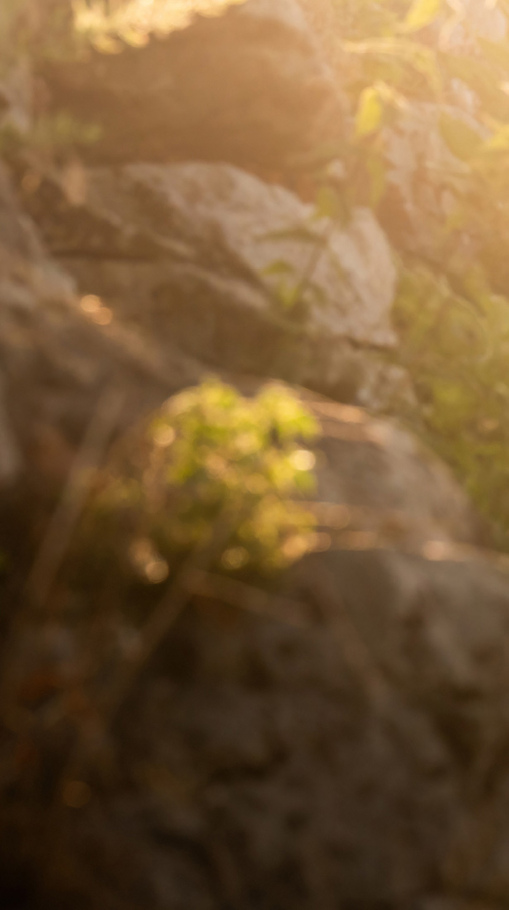
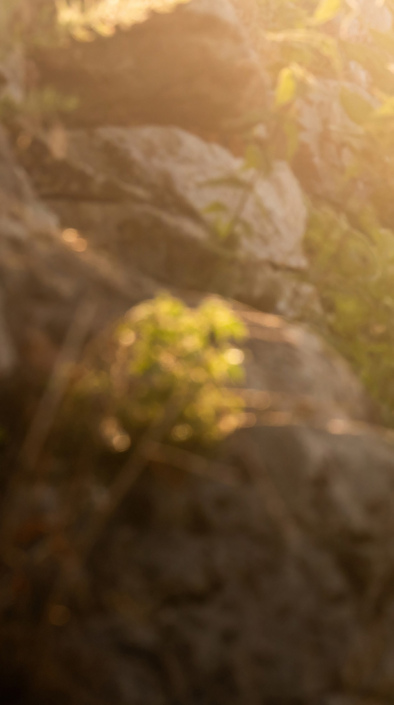
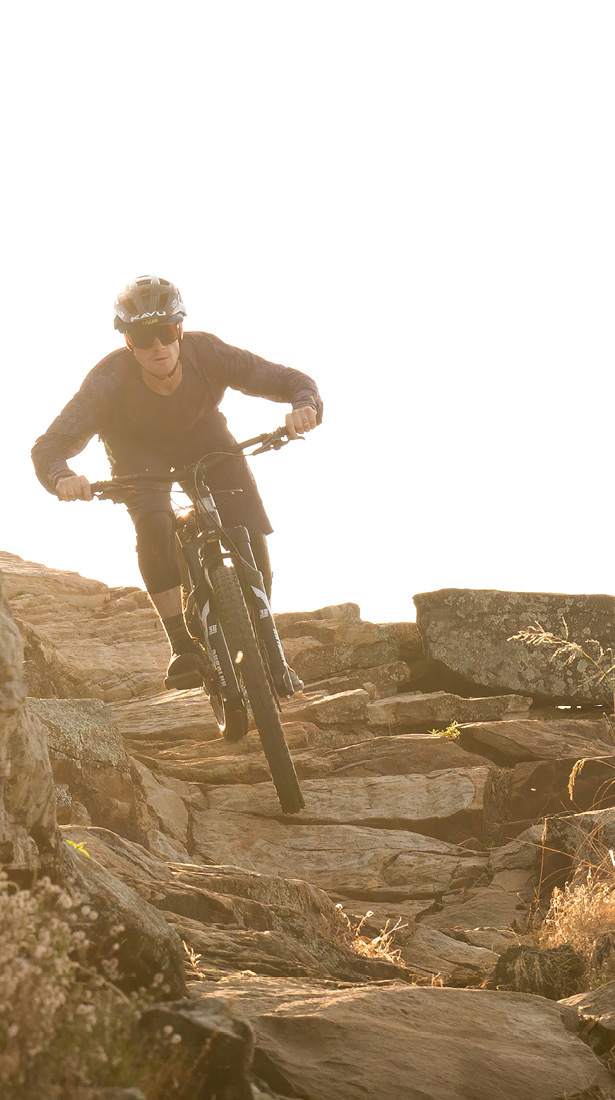

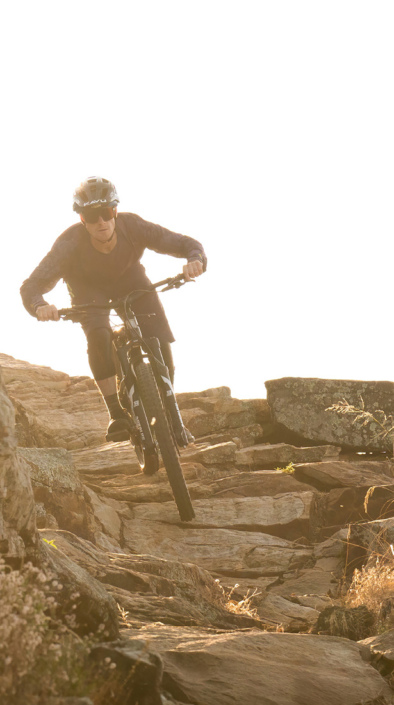





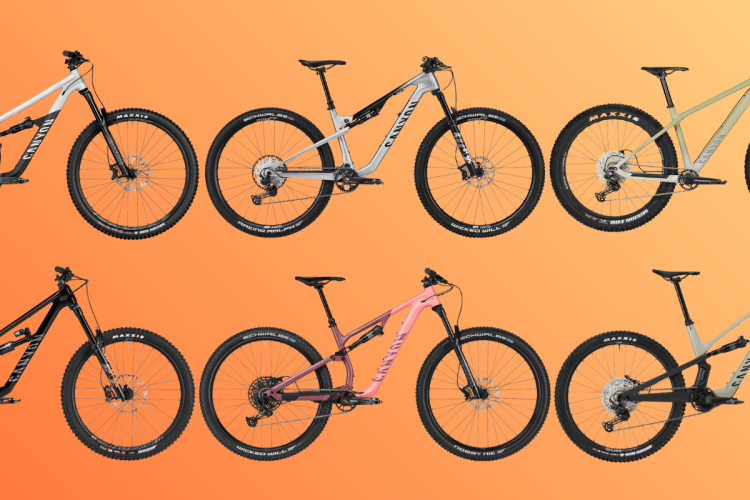
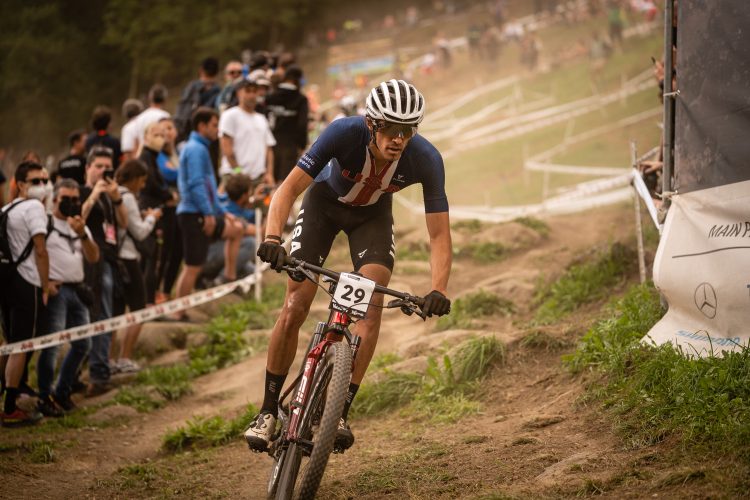
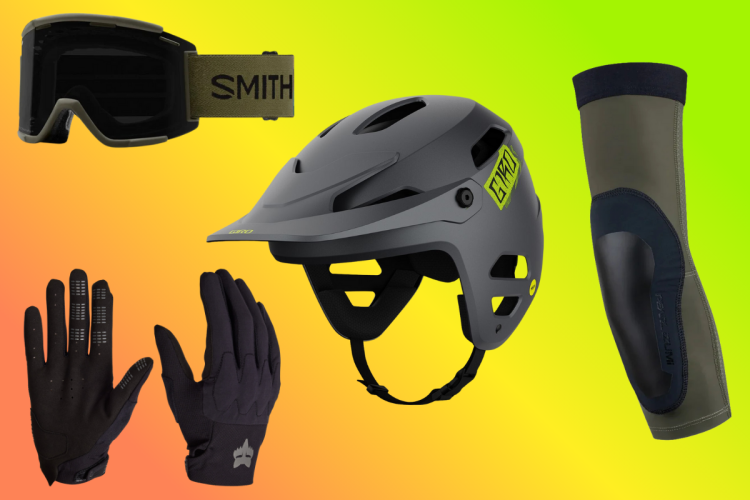
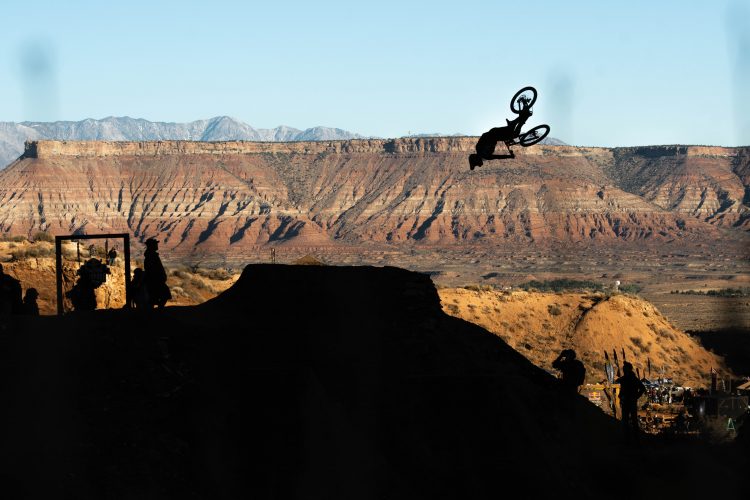

10 Comments
Nov 5, 2024
Also, run a trail bell, people.
Nov 5, 2024
It's surprising how trail user interactions differ geographically/culturally. I'm able to run and ride trails with little more than a passing smile from fellow trail users in Bellingham, but clearly, that's not a universal experience.
What do you feel fuels the headbutting where you've seen it? Is it just a numbers game of users vs. the number of trails? Why do some communities care about the "locals only" crap while others don't (or even embrace us newcomers)? I know these are potentially unanswerable (or at least un-generalizable) questions, but I appreciate how they scratched my brain while reading. Thanks again!
Nov 5, 2024
1. The overall vibe/culture of an area as it relates to tourism and overtourism, and
2. The individuals doing the complaining
For #1, I think if a small town or region is just pressed with masses of people, all day everyday, that general increase in competitive angst spills out onto the trails. So, what we're seeing on the trails is a symptom of a greater problem in the area. For example, in overcrowded cities where people feel like they're constantly competing against each other, that overcrowding and competition spills over onto the singletrack. But the same thing happens in small tourist towns that begin to feel overrun by tourists, to the point where the infrastructure can't even keep up with the demand.
I was reminded of how different regions in the country are on a recent trip to the Midwest. Seems like every time I go back to ride in the Midwest, locals trip over themselves to say hi, give trail recommendations, and give a blow-by-blow of which trails they think I should ride in which order. It's so genuinely welcome and endearing - and you almost never get that in Colorado, in part because I think there are so many riders here.
In this article, I'm really trying to reach #2 - the people doing the complaining. To me, it feels like some individuals hyper-focus on the bad things going on around them, which could be some slight overcrowding as we saw in #1. However, they then go on to fixate on the problem and blow things out of proportion, when in reality instead of a problem, it could be an opportunity.
One of my favorite quotes that I think about almost daily relates to this: "What you pay attention to will define, for you, what reality is." (Oliver Burkeman.) If we pay attention to the opportunities present here, our reality will be defined by opportunities. But if we pay attention to the problem, we won't be able to see a way out.
Nov 10, 2024
Amen brother you hit the nail on the head. People just need to be part of the solution vs. Part of the problem. Be an advocate always for more outdoors recreation as it's good for the mind, soul & body. You have inspired me to get out of my bubble and engage with local, state & federal agencies to support trail growth and access at higher levels.
Thank you for the common sense insight in your article
Bill P
Nov 5, 2024
Nov 7, 2024
Maybe someone should tell those people the trails don't belong to them either.
Nov 10, 2024
Nov 7, 2024
Nov 9, 2024
Nov 7, 2024